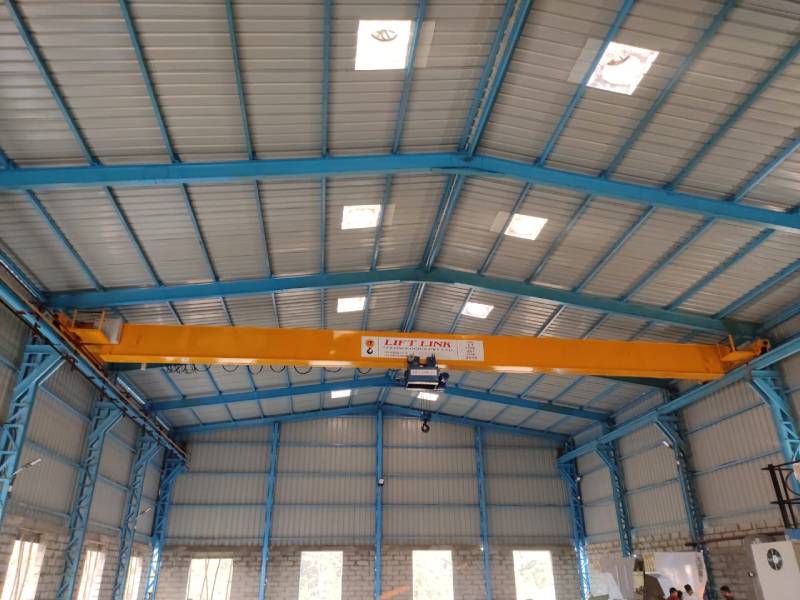Single girder cranes are designed to assist with a variety of hoisting and moving operations. When properly designed, they’re going to enhance daily production and supply a perfect solution for facilities and operations with limited floor and overhead space that require a lightweight to medium-duty crane.
The construction of one girder crane consists of one girder beam, referred to as a bridge, that runs the building’s width. A trolley moves horizontally along the bridge, positioning a hoist and hook, which is employed to boost or lower the load.

